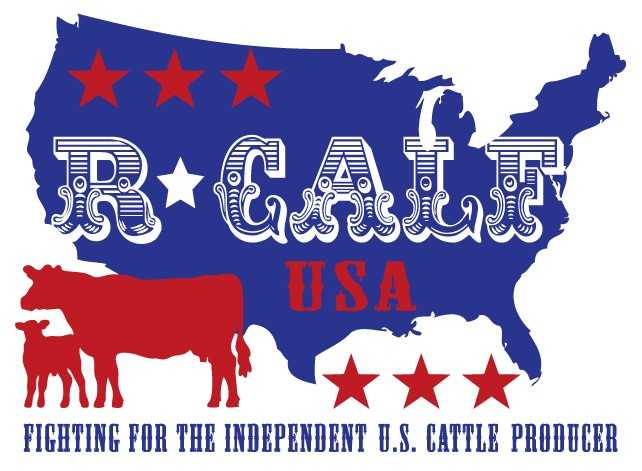![]()

Commentary by Bill Bullard, CEO, R-CALF USA
President Trump was poised to apply a 25% universal tariff on all imports from Canada and Mexico and a 10% universal tariff on all Chinese imports.
Though the U.S. Constitution gives the power of tariffs to Congress, and not the president, Congress has provided the president with limited tariff setting authority through several congressional statutes.
One of those statutes, the International Emergency Economic Powers Act (IEEPA), grants the president broad tariff setting power when he finds external threats to the national security or economy of the United States, and he doesn’t have to go through a protracted fact-finding process through such agencies as the Department of Commerce or the U.S. International Trade Commission. Instead, the president needs only to declare a national emergency, which he did on his first day back in office.
This is the particular tariff power the president has cited for applying tariffs to Canada, Mexico and China. And the basis for the president’s national emergency declaration that triggered his tariff authority with respect to these three countries was that they had each failed to do more to stop the flow of migrants or drugs such as fentanyl into the United States.
While the 10% tariff levied on Chinese imports went into effect, the 25% tariffs planned for Mexico and Canada have been paused for 30 days.
Had the tariffs for Canada and Mexico been put in place, or if they will be put in place in the near future, we will welcome them as we’ve long argued that tariff-free imports of live cattle and beef from Canada and Mexico are a major contributor to the ongoing contraction of the U.S. cattle industry.
Here’s a way to look at this: If growing domestic demand for cattle can be satisfied with lower-cost imports of Canadian and Mexican cattle, or if growing domestic demand for beef can be satisfied with lower-cost beef imports from those same two countries, why would our domestic cattle and beef production be expected to grow, and why would our domestic cattle industry be expected to attract new entrants?
The lower-cost live cattle imports from Canada and Mexico are a direct substitute for domestic cattle production and they effectively eliminate opportunities for the U.S. to have more cattle producers and more cattle. This helps to explain why we’ve lost 31% of our domestic beef cattle farms and ranches since the zero tariffs went into effect for Canada and Mexico in 1994, the year NAFTA was first passed.
The lower-cost beef imports from Canada and Mexico have the same effect. If the U.S. is importing large volumes of beef, then the U.S. needs fewer cattle for which to produce domestic beef. And that helps explain why our mother cow beef herd has shrunk 18% since we entered NAFTA in 1994.
You’ll recall the promise made to our industry back when NAFTA was proposed: We were going to expand markets for U.S. beef abroad and doing so would increase beef demand and bring prosperity for U.S. cattle producers.
Let’s look at how our industry has fared with zero tariffs on Canadian and Mexican cattle and beef. In terms of volume, we now import about three times the volume of cattle and beef from Canada and Mexico than we export to them. In terms of value, we now import about twice the value of cattle and beef than we export to them.
Now some will say that zero tariffs on Canada and Mexico help keep consumer beef prices down. Well, beef prices were about $2.60 per pound in 1994, and they were over $8.00 per pound in 2024, which represents an over 200% increase in consumer beef prices.
The promises of NAFTA have never materialized, and they can’t. NAFTA was a failed economic theory, and it has put our national food security in jeopardy by causing the U.S. to begin dismantling its cattle and beef production capacity. The solution is to enact permanent tariffs for all imports of cattle and beef to provide our domestic industry with the opportunity to rebuild, both in terms of domestic cattle producers and domestic cattle.
It’s important to note that tariffs will not curtail imports, but they will help to rebalance trade by leveling the economic playing field between domestic cattle producers and producers from countries who enjoy less stringent production standards and lower currency valuations.
While we welcome the 25% tariff on Canadian and Mexican cattle and beef as would occur if President Trump enacts them, ultimately we will need Congress to act to make such tariffs a permanent part of our overall strategy to begin strengthening our domestic beef supply chain.
